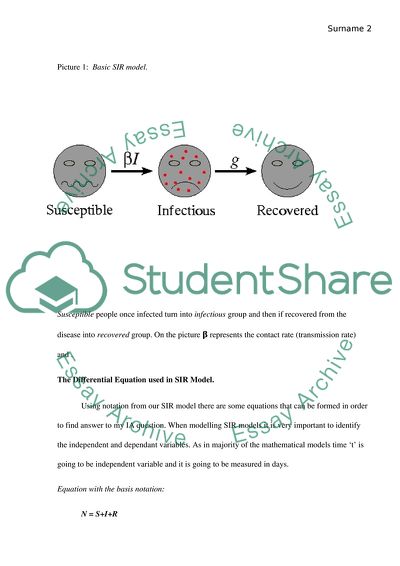Cite this document
(“Infectious Disease Essay Example | Topics and Well Written Essays - 1000 words”, n.d.)
Retrieved from https://studentshare.org/mathematics/1674869-infectious-disease
Retrieved from https://studentshare.org/mathematics/1674869-infectious-disease
(Infectious Disease Essay Example | Topics and Well Written Essays - 1000 Words)
https://studentshare.org/mathematics/1674869-infectious-disease.
https://studentshare.org/mathematics/1674869-infectious-disease.
“Infectious Disease Essay Example | Topics and Well Written Essays - 1000 Words”, n.d. https://studentshare.org/mathematics/1674869-infectious-disease.


